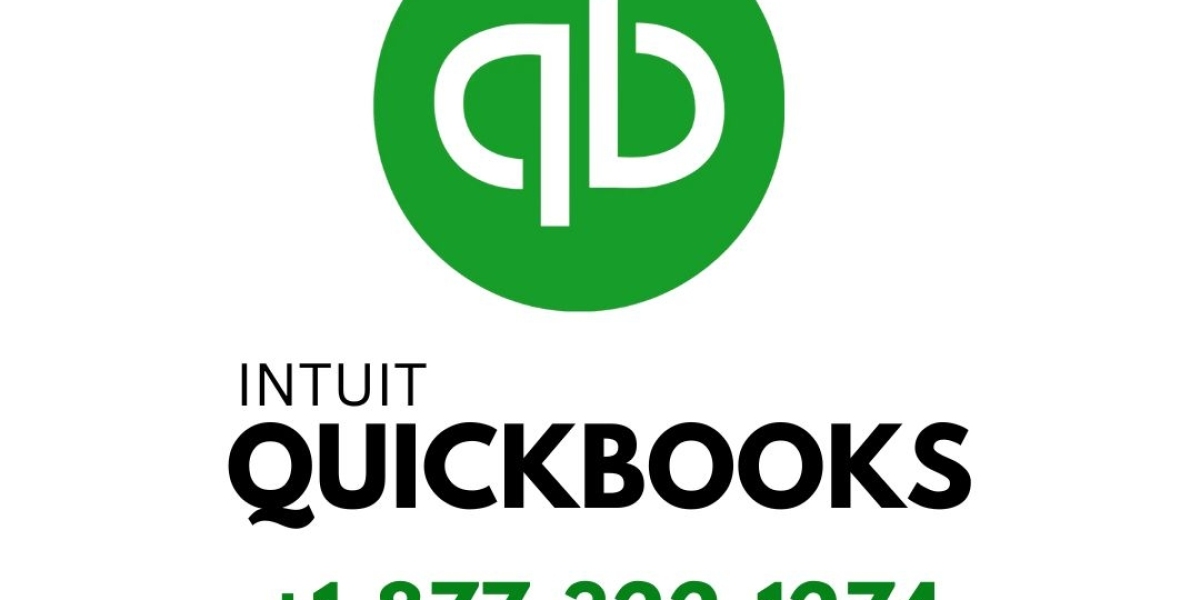Healthcare Asset Management powered by AI has become a cornerstone for healthcare and business organizations. It enables accurate decision-making, operational efficiency, and regulatory compliance while delivering measurable improvements in patient or client outcomes.
Understanding Healthcare Asset Management
Healthcare Asset Management is a strategic process of monitoring, maintaining, and optimizing medical assets such as equipment, tools, and infrastructure. It ensures operational efficiency, patient safety, regulatory compliance, and cost savings for healthcare providers.
Exploring the Components
The key components include inventory management, asset tracking, preventive maintenance, compliance monitoring, and lifecycle management. Together, they provide hospitals with visibility, control, and efficiency in managing their critical assets.
Identifying the Benefits
Benefits include reduced equipment downtime, extended asset lifespan, improved patient safety, financial savings, data-driven decision-making, and better compliance with healthcare regulations. It also improves resource allocation across departments.
Tracking Technology Trends
Emerging trends include the adoption of IoT-enabled devices, RFID and barcode asset tracking, cloud-based platforms, predictive analytics, and AI-driven maintenance forecasting. These technologies enhance visibility, accuracy, and efficiency in asset use.
Analyzing Challenges
Common challenges include high implementation costs, lack of staff training, integration issues with legacy systems, cybersecurity risks, and maintaining accurate real-time data. Regulatory compliance also adds complexity to asset management systems.
Explaining How It Works
Healthcare asset management works through asset tracking, preventive and corrective maintenance, auditing usage, managing procurement, and optimizing equipment allocation. These processes ensure continuous availability and efficiency.
Reviewing Clinical Applications
Clinical applications include ensuring availability of critical devices like ventilators, infusion pumps, MRI machines, and CT scanners. Asset management helps hospitals optimize utilization, avoid delays in procedures, and improve patient throughput.
Summarizing Advantages
Advantages include operational transparency, cost savings, optimized equipment lifecycle, improved patient care, compliance with healthcare standards, and enhanced financial planning. Technology-driven asset management also helps healthcare providers remain competitive.







